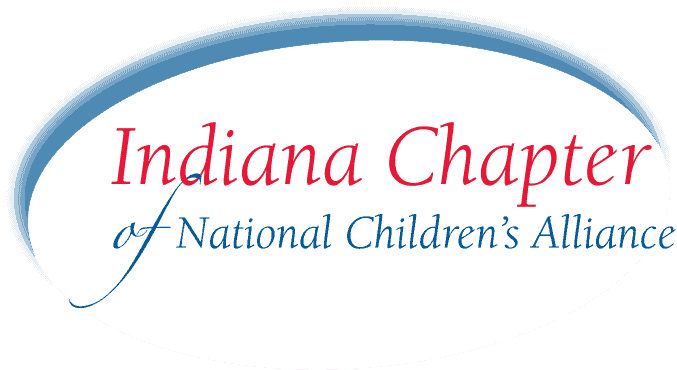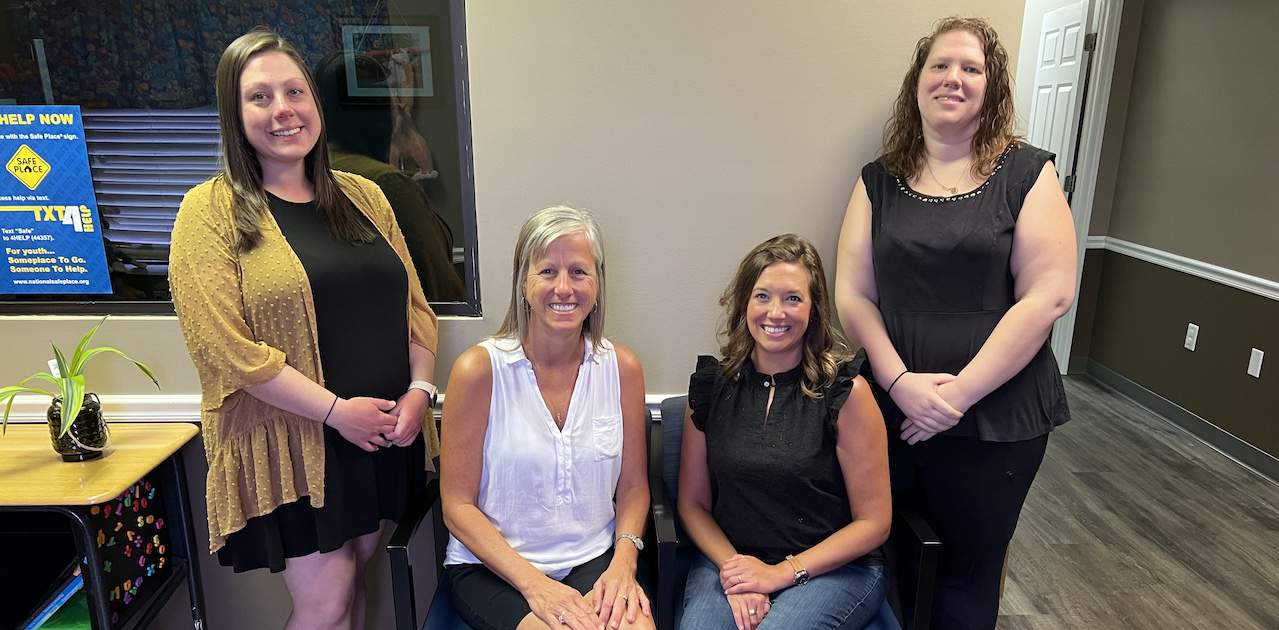Before 2020 and COVID-19-related shutdowns, the Comfort House Child Advocacy Center team in Corydon had a lengthy, feature-complete abuse prevention program for school-age children in and around Harrison County. Team members would spend about an hour over two days in a classroom using a dazzling array of smart boards and materials from Childhelp’s “Speak Up Be Safe” curriculum. It was interactive, in-person, and helped children understand what interactions they might be experiencing are potentially abusive.
“We got kinda lost during COVID,” recalls Donna Lloyd. Lloyd has been Executive Director of Comfort House for sixteen years and shares some training responsibilities with three other staff members and one part-time trainer. “None of the smartboard features, handouts, or materials translated well to Zoom-based classroom instruction.”
“Speak Up Be Safe had five main rules,” says Lloyd. The message to students was you have a right to keep your body safe; you should ask an adult for help; you have choices in who you ask for help and ways to resist; say something when you feel unsafe, and it’s never their fault if someone else breaks the rules.
“So we did some research and found Play It Safe, and it does everything in one part with one big rule that encompasses the five we always used to talk about,” says Lloyd. “It has a video that can be played online, which worked well for us. We do it all in one session, except for fifth grade,” she says.
As most parents and teachers would attest, virtual learning rarely works better for retention, comprehension, and understanding than in-person learning. But the team at Comfort House has stuck with the Play It Safe program and its virtual instruction as kids have returned to school.
“We found some kids don’t want to say anything in a classroom. They’re conscientious about what others might think,” says Lloyd. “We think the virtual program has some good parts, and the biggest thing is that the kids feel freer to say things.”
Online programs empower kids to step forward and disclose abuse
Many educators who discuss or share lessons about child abuse, sexual assault, and other maltreatment uncover a wave of disclosures shortly after. It’s so pronounced in many communities that law enforcement and child services caseworkers assume any sudden influx must result from a school’s prevention lesson.
“But it’s not just disclosures,” says Lloyd. “Kids can say things in a chat about things they saw or heard from someone else. They know what’s happening with other kids.” Those messages can be delivered privately via Zoom chat or text privately to a teacher or instructor without ever saying something out loud. Likewise, students who are just shy can participate in ways they might never have had the spirit to do among their peers.
“Play it Safe has one rule: Say no, get away, and tell someone,” says Lloyd. “We still talk about everything in-depth. We talk about safe grown-ups and remind them the abuse is never their fault.”
Zoom chats encourage conversation, but not every child has a device
“There are some pitfalls,” she adds. Not every school can offer virtual learning to every child, either because of a lack of devices or connectivity, and first and second graders frequently don’t have access to personal devices of their own. “And if we’re not careful, we can end up with less interaction,” says Lloyd. “But we like the programming.”
“We can have twenty kids in a Zoom chat. Among the five of us that do this, only one has a preference for people to raise their hands and talk,” says Lloyd. “But the rest is through chat and it helps us recognize some things that may need more discussion with the group. We can have a lot of interaction that way.”
The team has realized the programs are developed so well to a group’s developmental age they’re used to seeing a slew of similar or identical answers and responses to questions. “But some kids offer a different, outlier answer. Those are the kids we know need more help,” says Lloyd. Afterward, a team member will refer those comments to a teacher or school counselor so they can talk privately with the child.
During the school year, Comfort House has at least one person doing some kind of prevention training work every day for at least half of the month. “We know kids will come forward and there is an increase in suspected abuse situations from that,” says Lloyd. Not all of those cases will result in an investigation, but as Lloyd argues, “If it makes a kid comfortable enough to tell someone something, we should explore it.”
Child Advocacy Centers across Indiana offer various prevention education programs for schools, adults, and small groups. You can find a program and CAC near you to request training.

